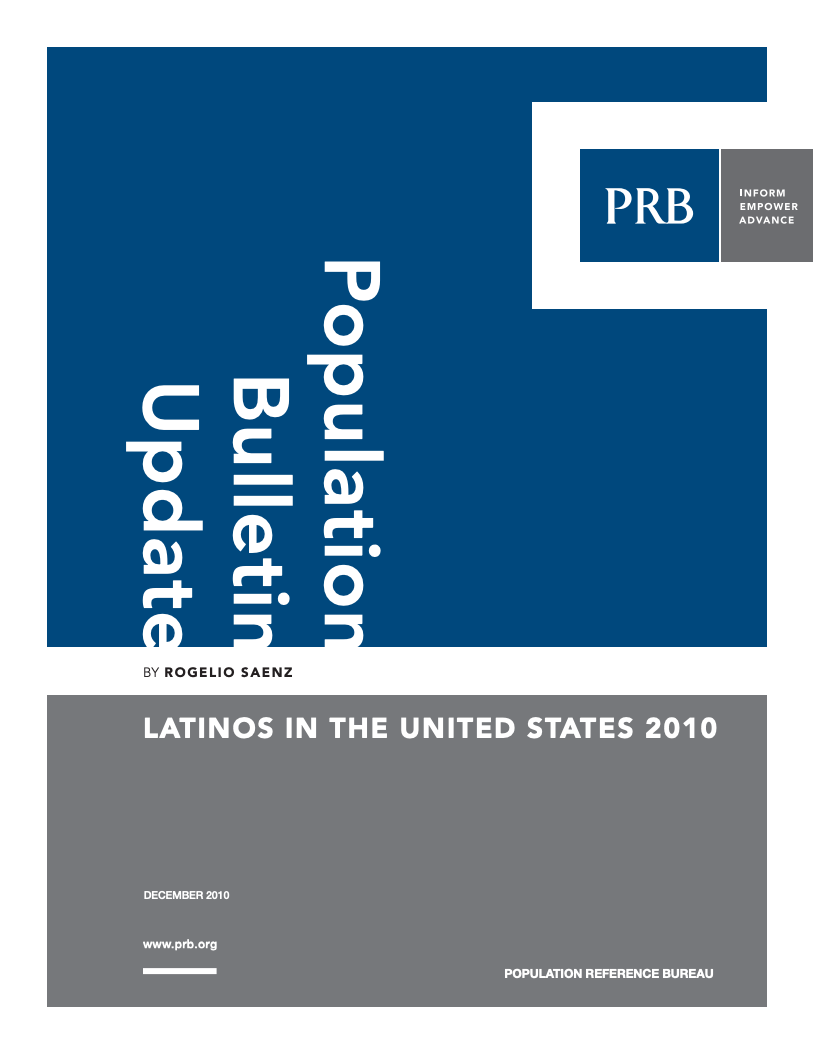Census-Taking More Frequent, Less Controversial in Canada
(2001) As Americans wait for the detailed results of the 2000 U.S. census, Canadians are preparing for their twice-a-decade head count.
(2001) As Americans wait for the detailed results of the 2000 U.S. census, Canadians are preparing for their twice-a-decade head count.

(2010) Latinos are increasingly shaping the demographic makeup of the United States.
(2006) With a population growth rate of nearly 1 percent a year, the United States is the fastest growing developed country in the world. While many European countries are facing population decline, the U.S. population is growing as fast as or faster than many developing countries. And the total population of the United States (currently at 296 million) is expected to reach 300 million some time this summer—and about 450 million by the year 2050.
(2008) Encouraging progress against malaria was made in the Americas and some parts of Asia in the last century, but the first global campaign to stop malaria didn't succeed.

The pace of U.S. population growth is slowing, according to the Census Bureau’s 2018 estimates and 2020 projections, which provide a preview of 2020 Census results.

Project: American Community Survey and Decennial Census Support Services
(2020) Children under the age of 5 face the highest risk of being undercounted in the U.S. decennial census. In the 2010 Census, there was a net undercount of almost 1 million young children.

Project: American Community Survey and Decennial Census Support Services
(2020) The U.S. population is undergoing rapid racial and ethnic change, led by growth of the Hispanic/Latino and Asian American populations. For policymakers and others, keeping track of these changes is important because some racial and ethnic groups are faring worse than others.
(2011) Germany's recovery from the devastation of World War II is often called an "economic miracle" because its economy is now Europe's largest. Immigration has been an important part of the country's modern demographic history.
(2007) In the South, Texas, Florida, and Georgia are poised to gain seats in the U.S. House of Representatives after the 2010 Census.

Policy changes could reduce the disproportionate burden of care work on American women, researchers said.